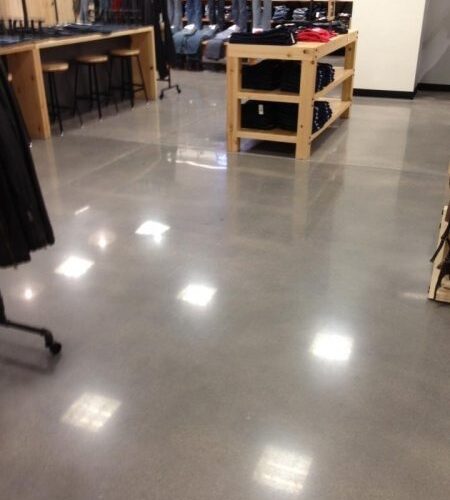Epoxy basically refers to a substance formed as a result of mixing a resin with a curator (also called a hardner). When this is done, a rigid material is formed that has extremely good binding and mechanical properties, yet is resistant to chemicals and wear.
When this epoxy material is placed on a floor with a thickness of about 2mm, the result is called an epoxy floor. However, if the thickness is less than 2mm, it is called an epoxy coating. You can also navigate canadianconcretesurfaces.ca/applications/industrial-polished-concrete/ to get industrial flooring services.
The industry naturally needs a solid floor covering. In the heavy equipment industry, floors can be moved by forklifts and trucks, while in other industries, such as the chemical industry, floors can be exposed to chemicals and the like.

In most cases, the floor must have excellent anti-skid properties to ensure worker safety and compliance with various regulations. In addition, some specialized industries, such as the food industry, require a high level of cleanliness and therefore floors must be easy to clean and maintain.
The common solution to all of these flooring challenges that can work satisfactorily in a variety of scenarios is epoxy flooring.
Epoxy flooring is preferred in industrial environments as it provides a longer life on untreated floors and prevents oil and chemical stains from damaging the floor. In addition, they are easy to wash and offer great value for money. They are strong and have strong mechanical, anti-slip properties and good chemical resistance.
In addition, they provide business owners with the added benefit of customizing properties that are not available with other flooring options. Aesthetic designs can be included if necessary.
Epoxy floors are very durable (from 15 to 20 years) and therefore offer a good return on investment. The floor is waterproof and does not allow water to enter from below. They can be applied to all types of surfaces, including concrete and other flooring materials, and sometimes even damaged floors.
